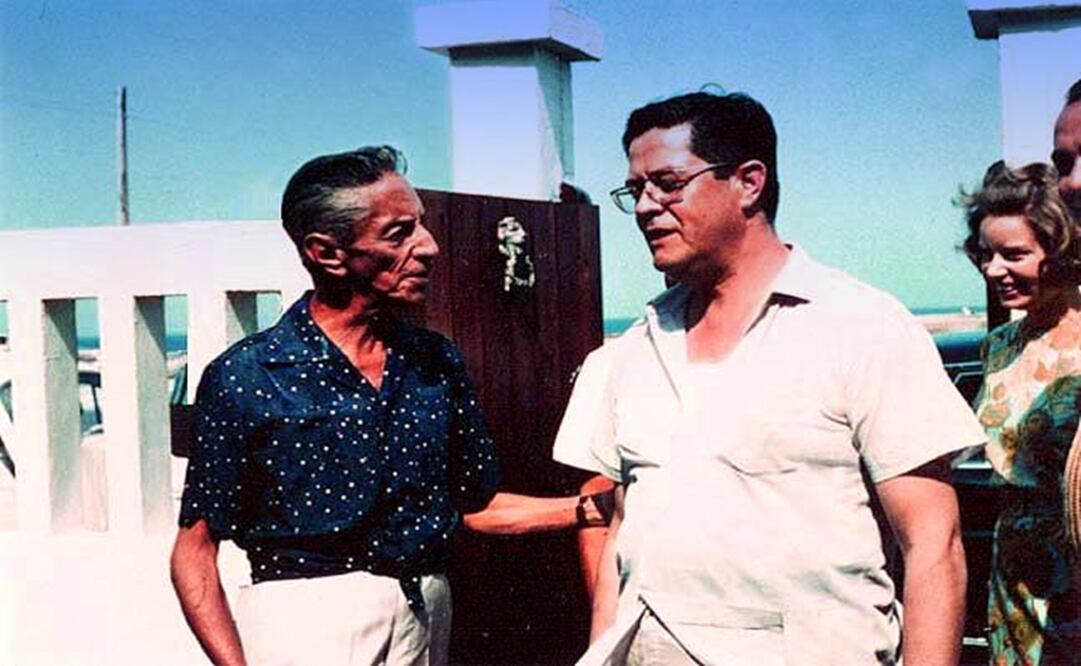Más Información

Este es el video que grabó agente de ICE antes de matar a mujer en Minnesota; "su vida estaba en peligro y disparó", reitera JD Vance

Sheinbaum llama a la justa medianía tras polémica por viaje de Noroña; "no puede haber gobierno rico con pueblo pobre", dice

Congresistas demócratas de EU rechazan amenazas de Trump sobre intervención militar en México; envían carta a Marco Rubio

Tren Interoceánico: Sobreviviente relata caos, heridos y dos horas de espera tras descarrilamiento; fue una experiencia “siniestra y dolorosa”
Guillermo González Camarena was a 20th-century Mexican electrical engineer, responsible for the invention in 1939 of the “chromoscopic adapter for television equipment” or color TV, as well as of other three color television systems.
He filed his patent both in Mexico and the U.S. in 1941, after starting early black and white TV transmissions from famous Alameda Cinema in downtown Mexico City.
His U.S. patent description reads: "My invention relates to the transmission and reception of colored pictures or images by wire or Wireless, and has among its objects and advantages the provision of an improved chromoscopic , adapter for television equipment and operated with cathode rays."
His first long duration TV color transmission took place in 1963, with the broadcast of the children’s TV series Paraíso Infantil (Children’s Paradise) in Channel 5 (XHGC).
The opening ceremony of the 1964 Japan Olympics featured color telecast which gave González Camarena international fame.
González Camarena earned his Bachelor’s degree in Mechanical and Electrical Engineering from the recently inaugurated National Polytechnic Institute (IPN) in 1945. He was also a member of the Astronomical Society of Mexico (SAM), as well as an eager telescope and experimental rocket inventor.
A native of Guadalajara, Jalisco, and possessor of a great inventive spirit, González Camarena, engaged in TV research at age 17, as well as in the creation of his own TV cameras using recycled materials. He had built his first radio transmitter at age 12.
Additionally, González Camarena was keen on composing songs, in fact, he is shown alongside famous Mexican composer Agustín Lara, in a photo just before his death in a car accident on April 18, 1965, in the Puebla-Amozoc highway.
Guillermo González Camarena remains one of Mexico’s pioneering inventors to this day.
bg
Noticias según tus intereses
[Publicidad]
[Publicidad]











